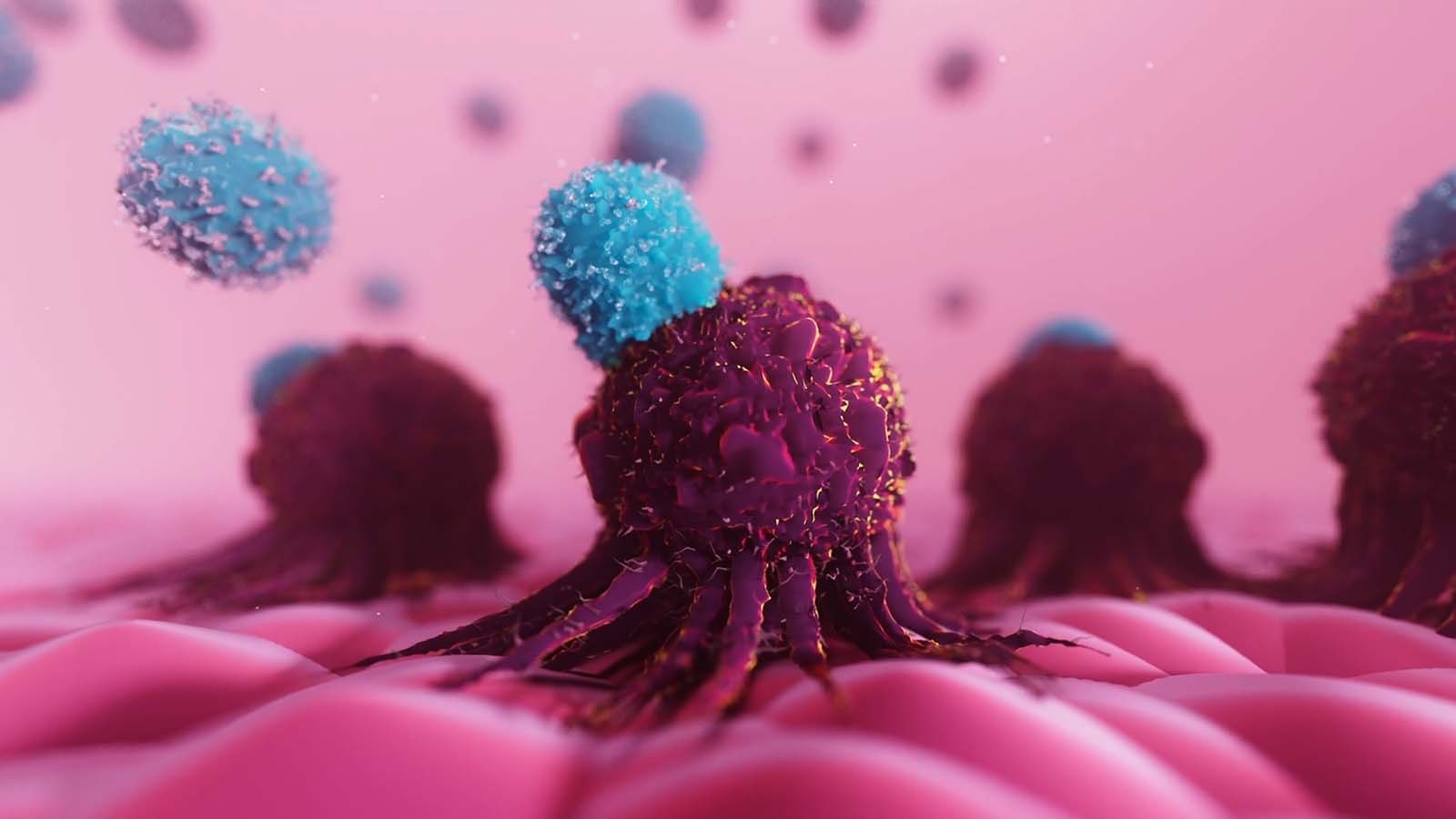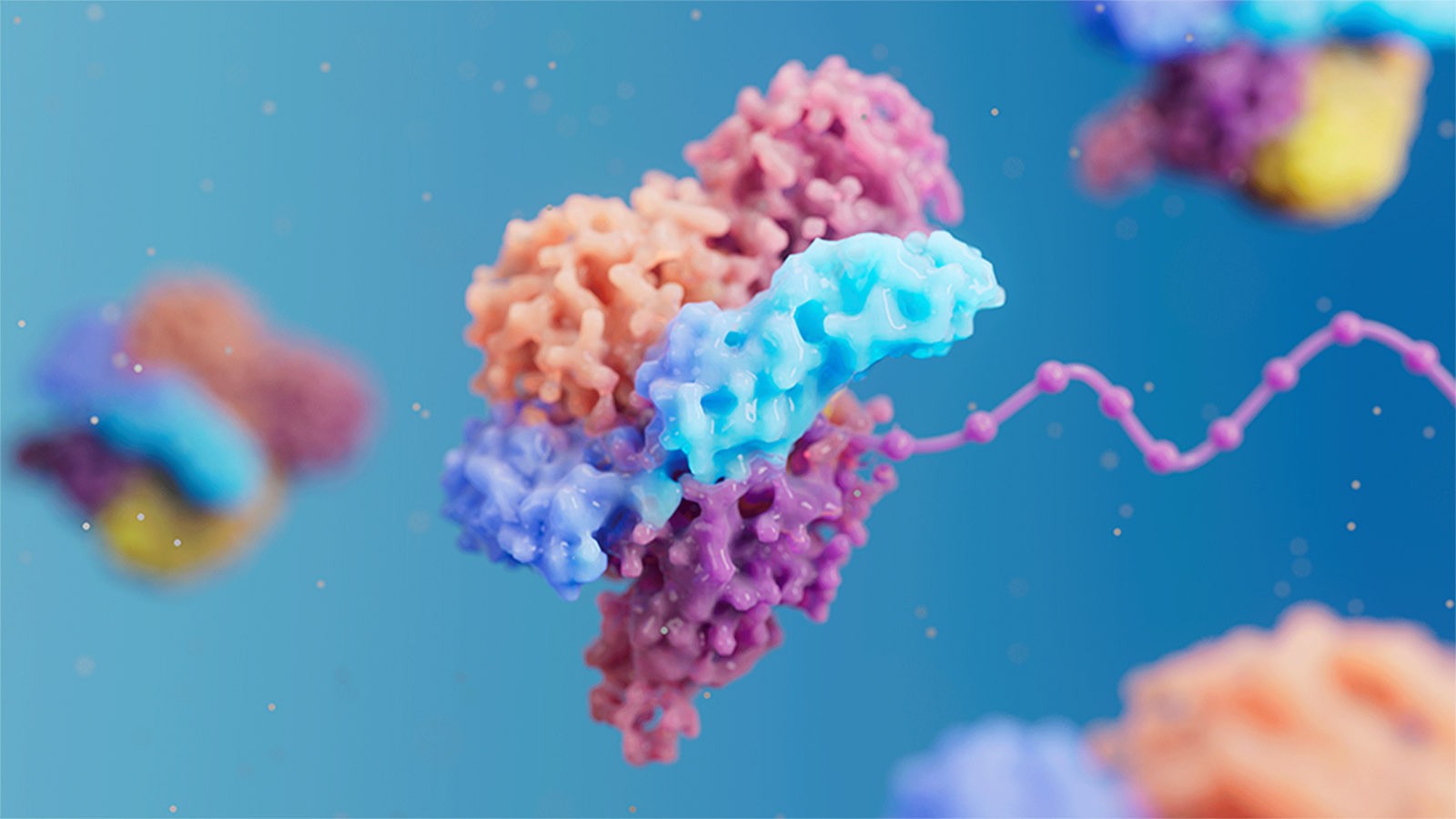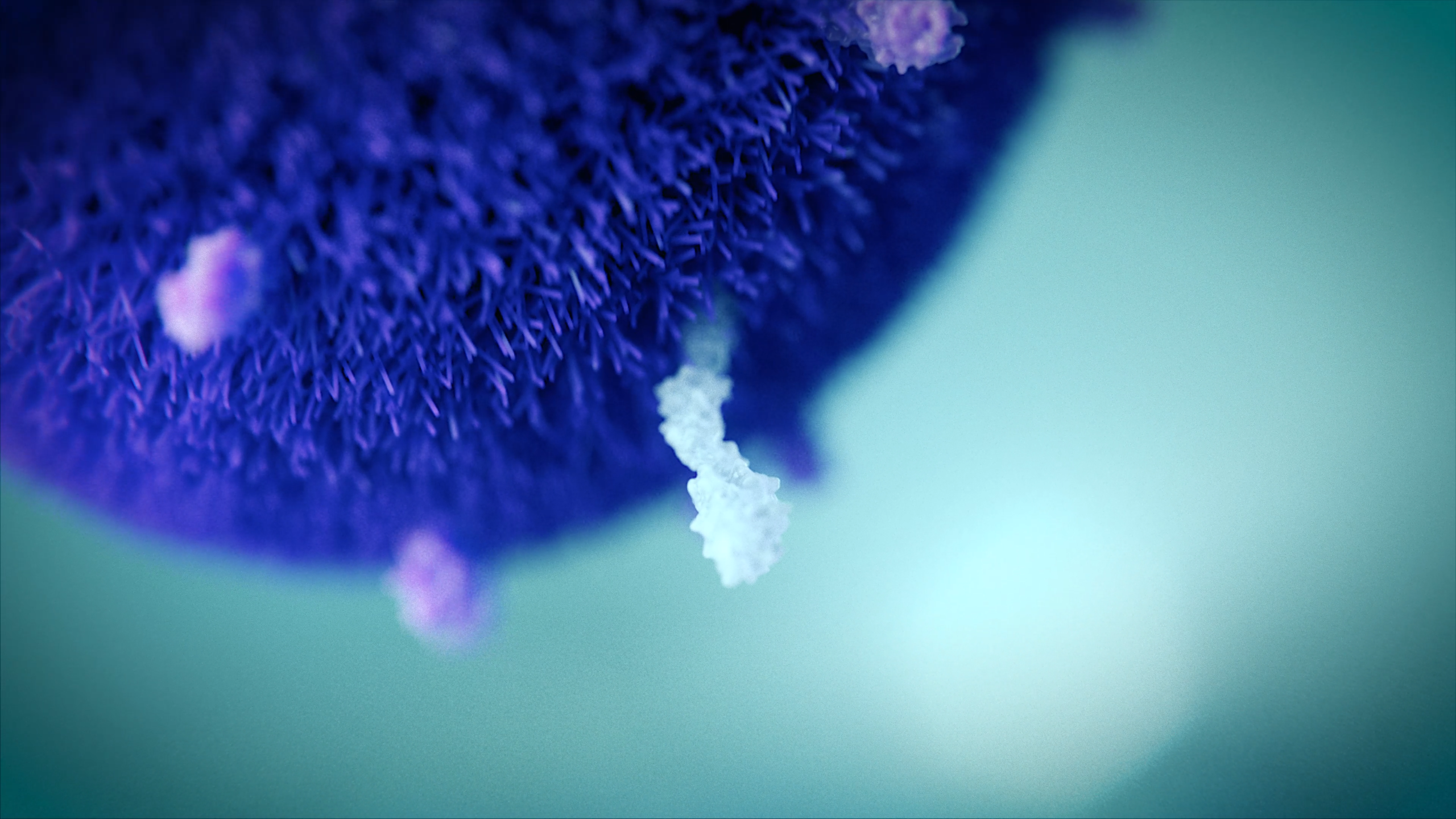What is science dissemination? And why does it matter?
When you look up the definition of the word disseminate in the dictionary, you get the following description: “to scatter or spread widely, as though sowing seed; promulgate extensively; broadcast; disperse”. In other words: science dissemination is about spreading science widely.
Well, it looks like our first question is answered. However, this short explanation doesn’t really cover the essence of science dissemination - what is it exactly? To discuss this, we have to take a look at the importance of science communication, the development of this discipline, and the relation between science and art (and communication).
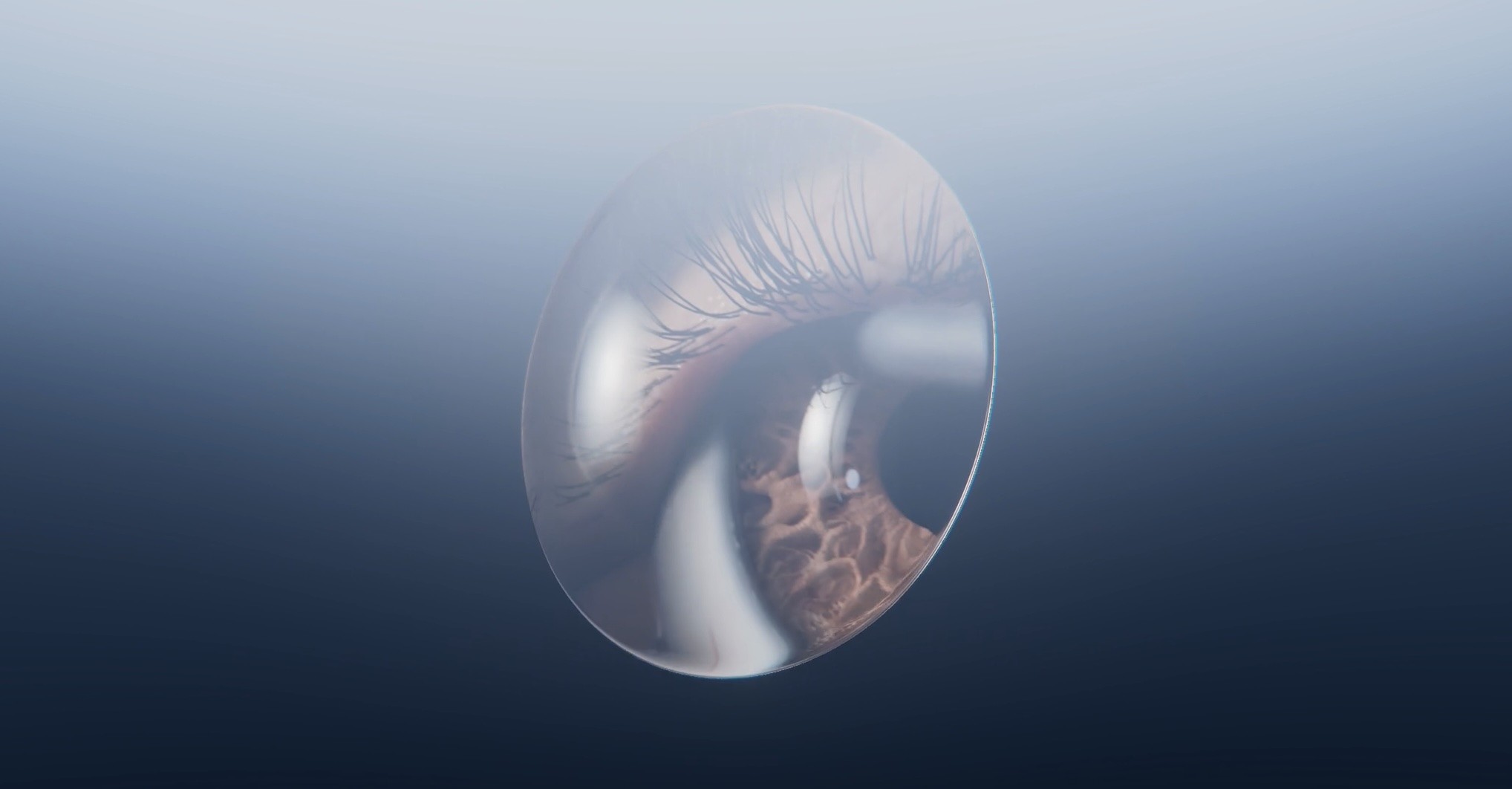
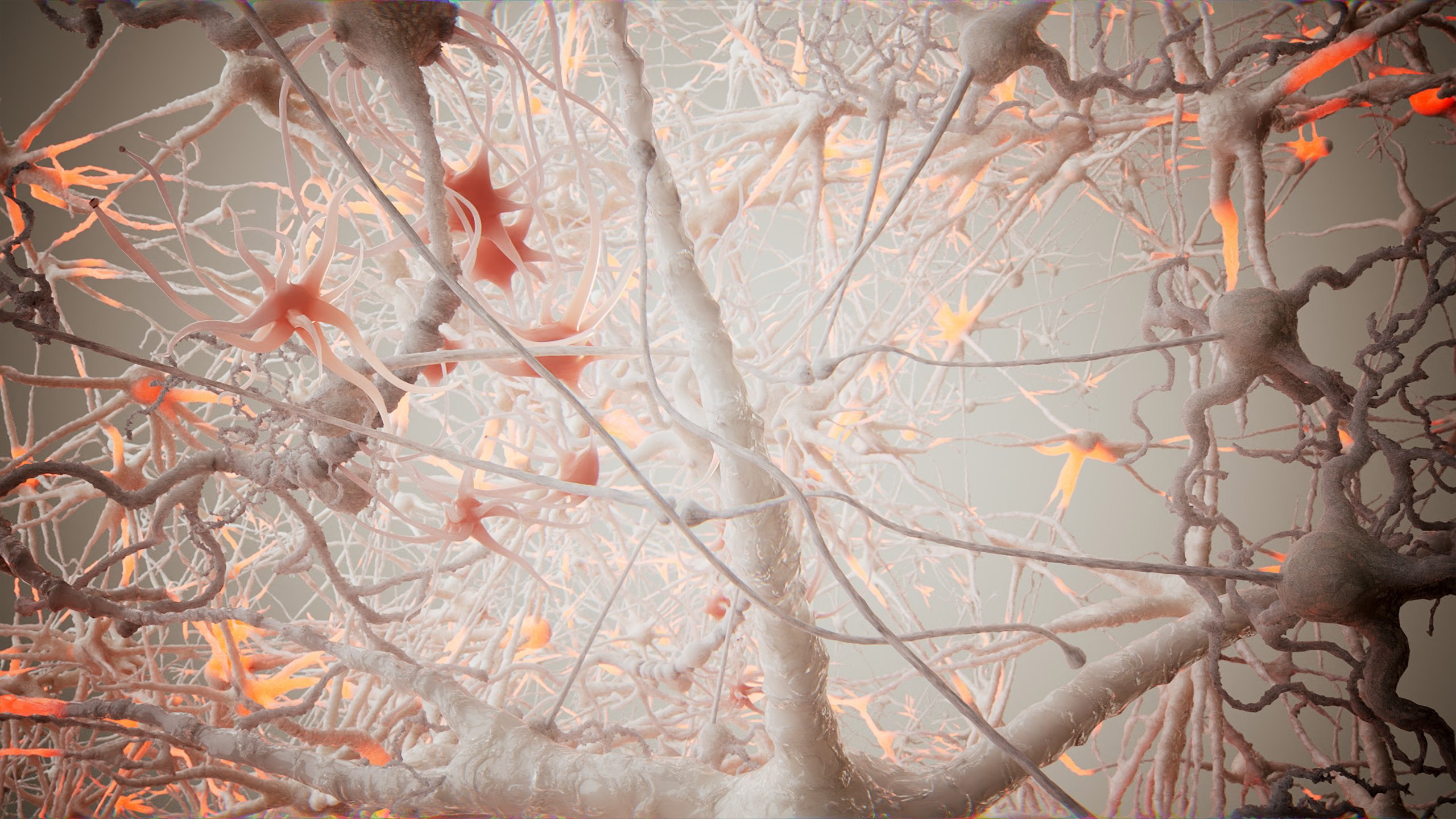
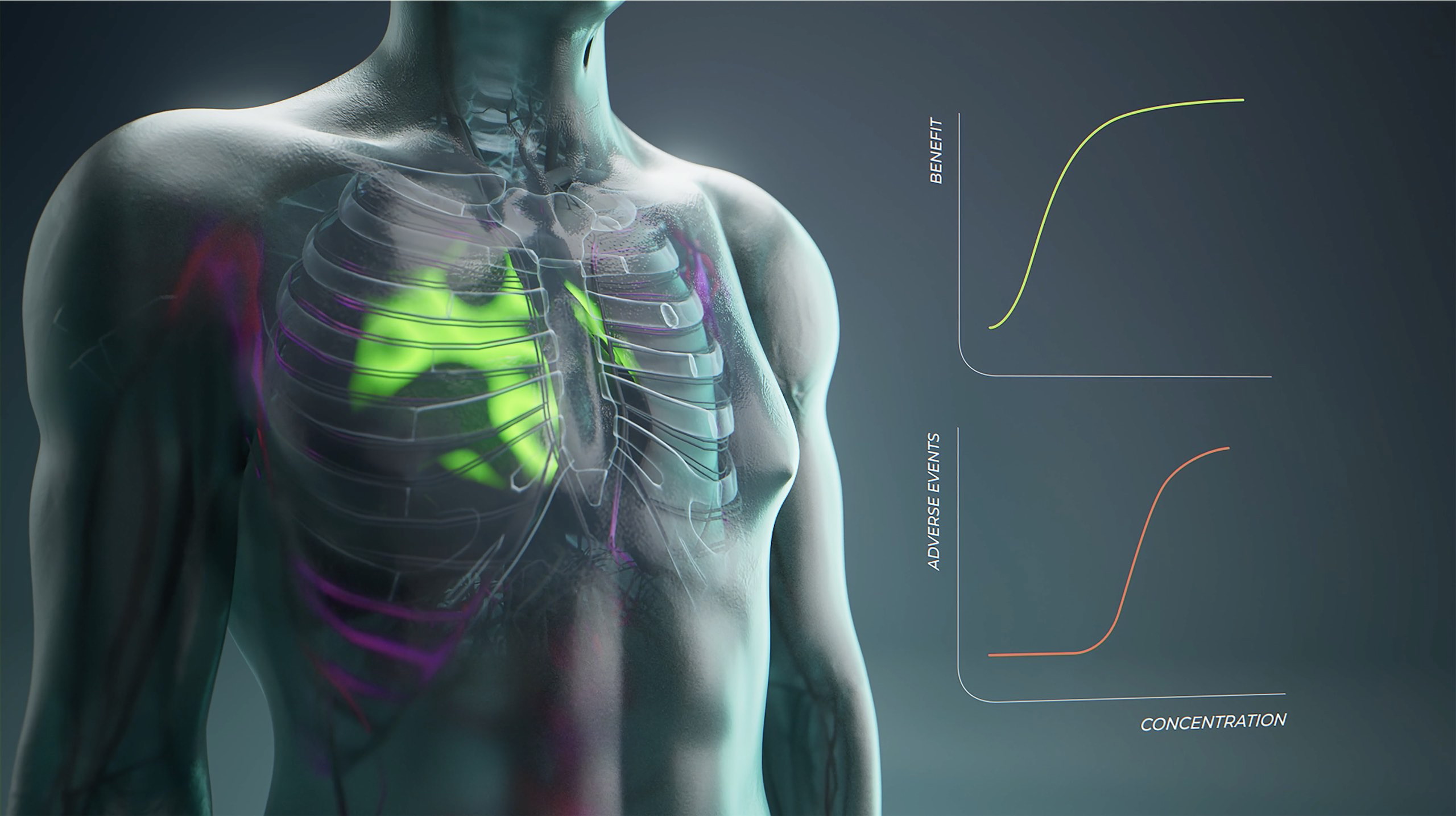

Communicating science
An important goal for many researchers is to get their research published in an academic journal. They take this so far that a recent study discovered a new psychiatric syndrome amongst researchers: publiphilia impact factorius - the obsession with publishing in highly regarded journals (1). But that’s a whole other discussion.

The point is
Researchers like to publish. Of course they do - it’s part of their job to inform their colleagues about their findings. However, informing other researchers is one thing... Informing the general public and important policymakers really is something else. But it is arguably just as important - if not more.
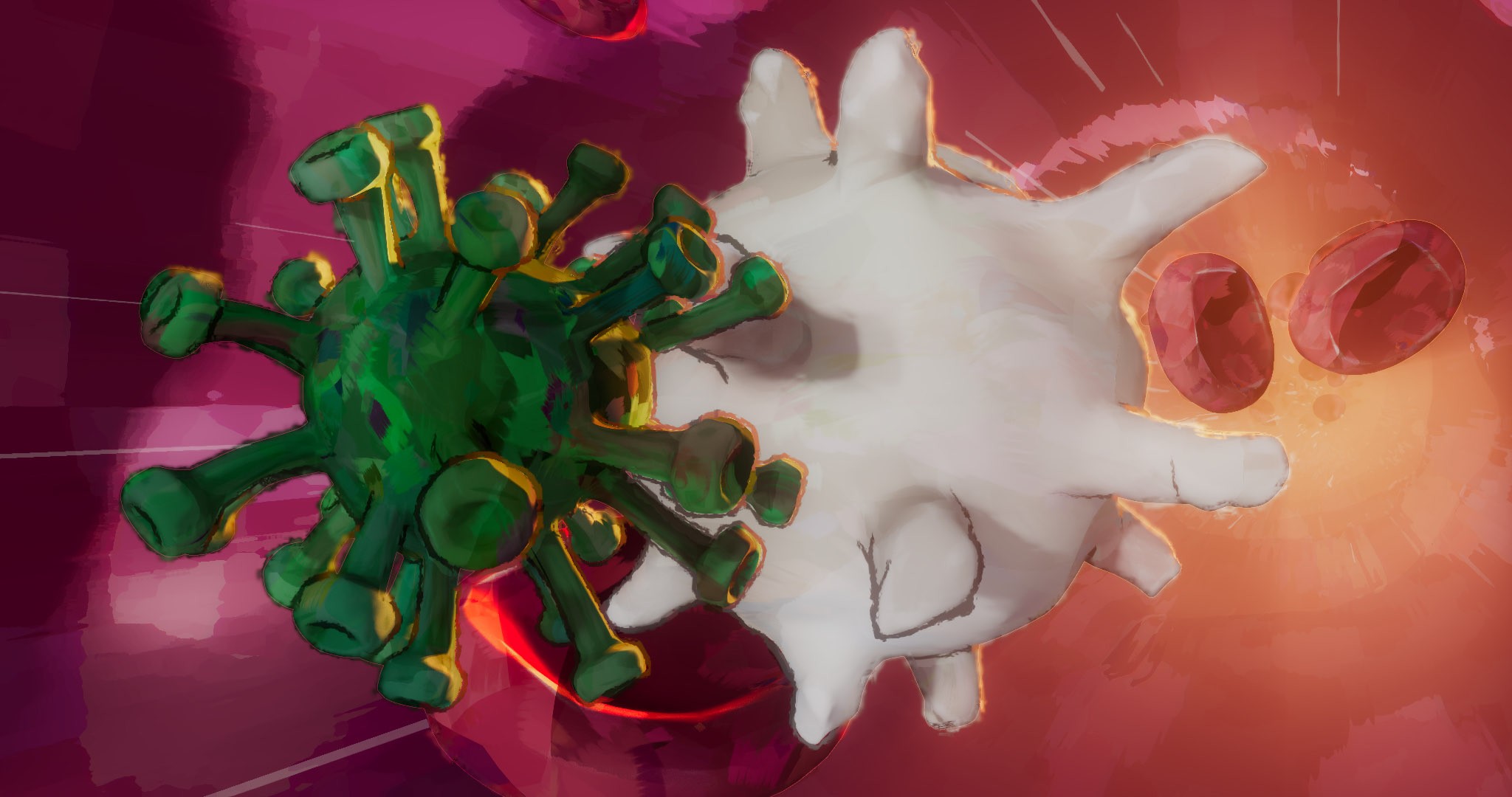
Why?
First of all: People pay for research. It is funded by the taxpaying public. So they have the right to know what their money is being used for. It’s as simple as that.
Second:
Sure, it is important to have fundamental discussions between different scientific perspectives. But discussions like these don’t necessarily lead to changes in society. For research to make an impact, it has to reach important policymakers who can apply the research to change things for the better.
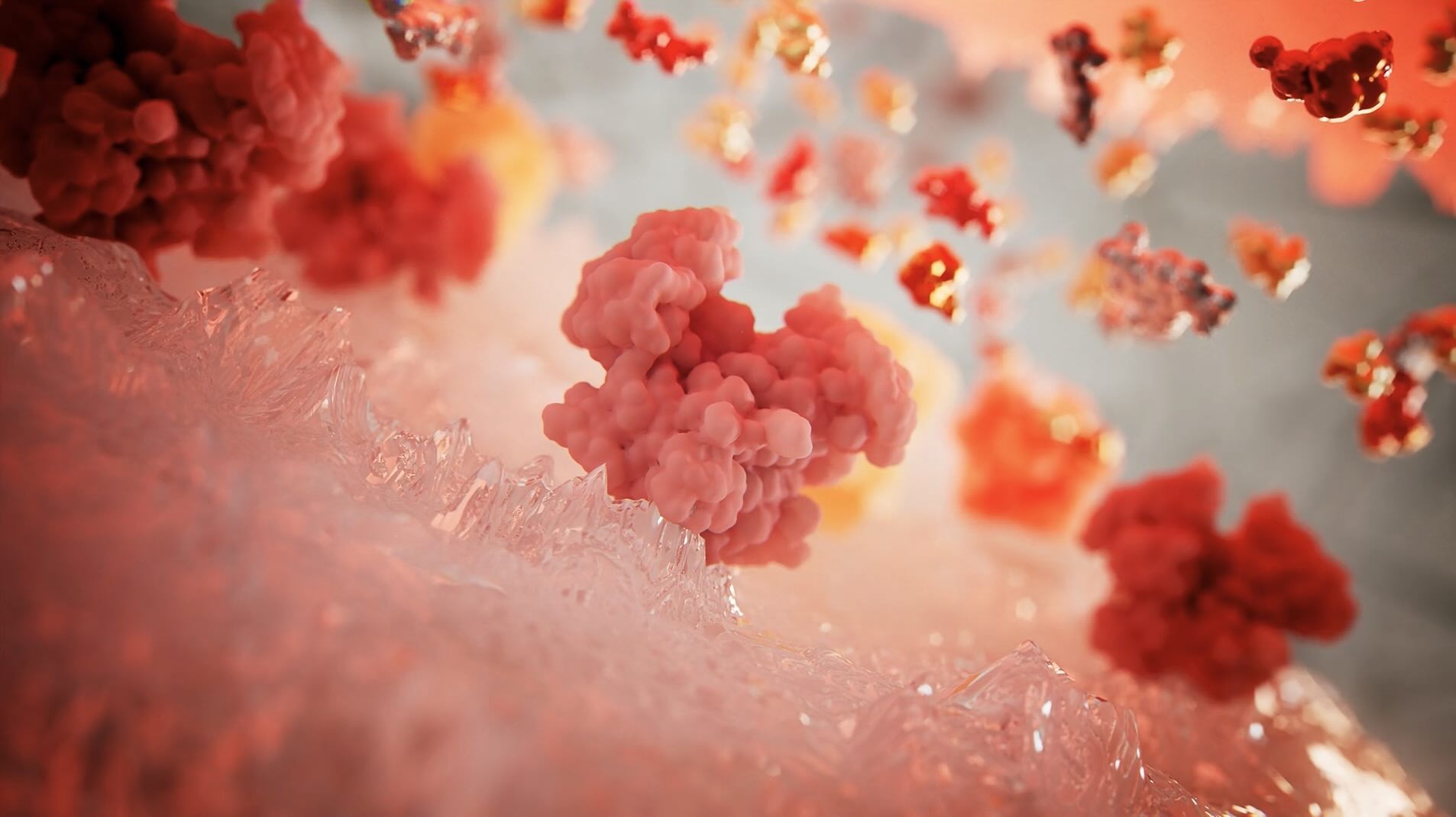
Finally
We need to get the real science out there. Remember when Donald Trump said climate change is fake news, even going so far as to try and take down important data from the internet (2)? It’s the researcher’s duty to make sure that their findings are heard by the people.
But… research takes up a lot of time, and so does science communication. There are only 24 hours in a day, and 7 days in a week - of course one person cannot do it all.

Science and art
That’s where artists come in. And I’m talking about artists in the broadest sense of the word here: writers, designers, filmmakers, photographers, storytellers, animators, etc.

There are even those who specialise in the 'art' of communication, and take action by organising events or reaching out on social media. It’s artists like these who can help scientists reach the people.
Art and science have always gone hand in hand. Take for example the anatomical drawings by Leonardo Da Vinci. Is it science? Is it art? I would say it’s both.
Another example
would be Rembrandt’s The Anatomy Lesson of Dr. Nicolaes Tulp. What’s interesting about this painting is the way Rembrandt plays with the notion of ‘reality’. Four of Dr. Tulp’s students - the ones who aren’t freakishly staring at us or lost in thought - seem to be looking at the corpse. More specifically, they seem to be looking at the dissection of the corpse’s arm. However, if you look closely, you could argue that they are looking slightly past the arm, towards the open book in the bottom-right corner of the painting.
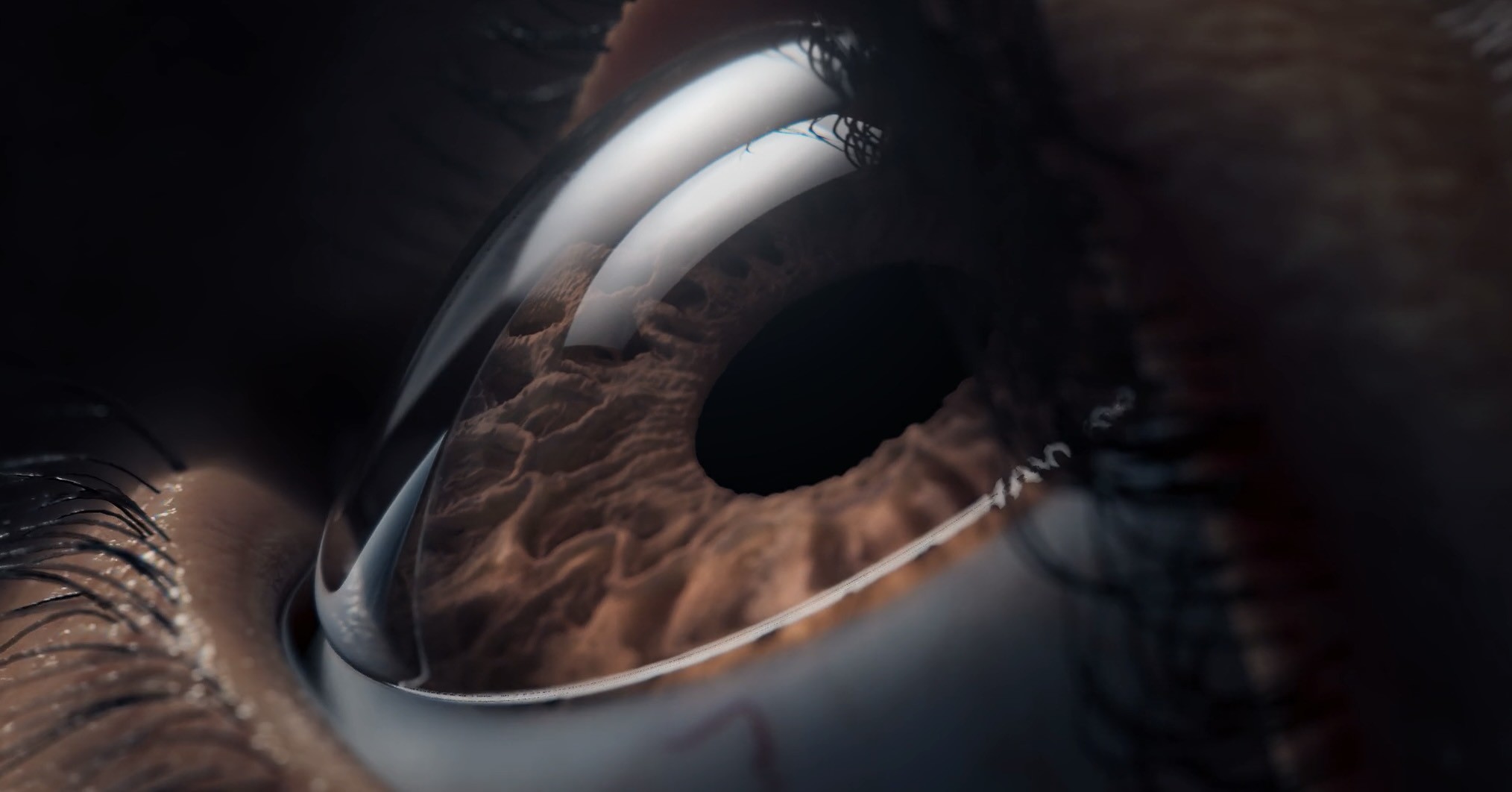
So?
Rembrandt has hidden a statement in these details. The students may be fascinated by the body in front of them, but they can't understand it by just looking at it. Instead, they need help from the book - the scientific findings of others.
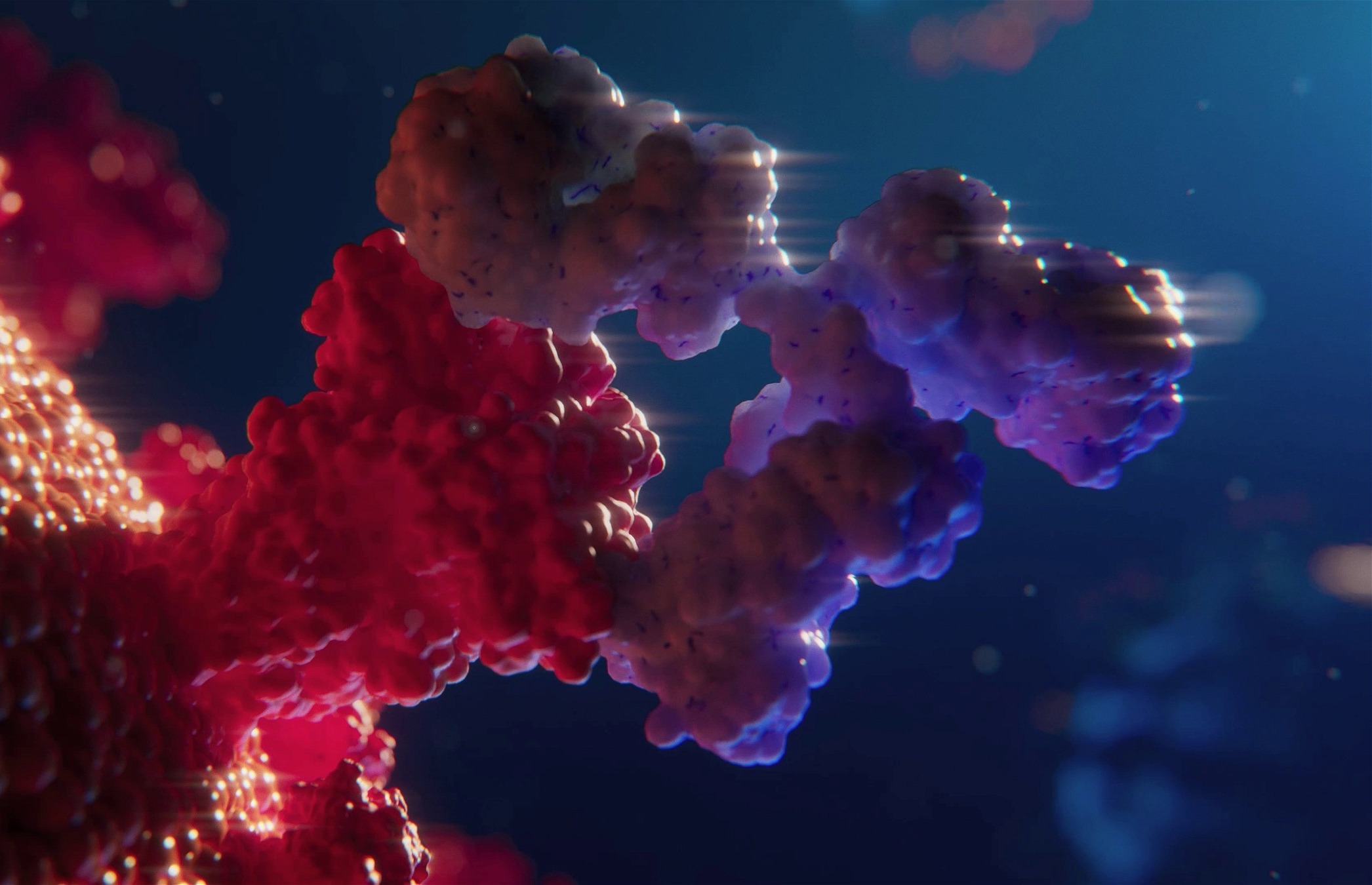
Codependency
Art and science depend on each other in a similar way. While a scientist may be capable of giving us the facts, it is the artist who brings those facts to life. I guess Rembrandt agreed with this point of view...
So when it comes to science communication: science alone is not enough to reach the people. But neither is art. They need to work together, they need to be intertwined, in order to get the message out there.
We have to build bridges between science and society. Scientists and artists have a shared responsibility to make that happen. Together, we can get the real science out there - focus on the beauty of science and transfer that beauty to the public.

